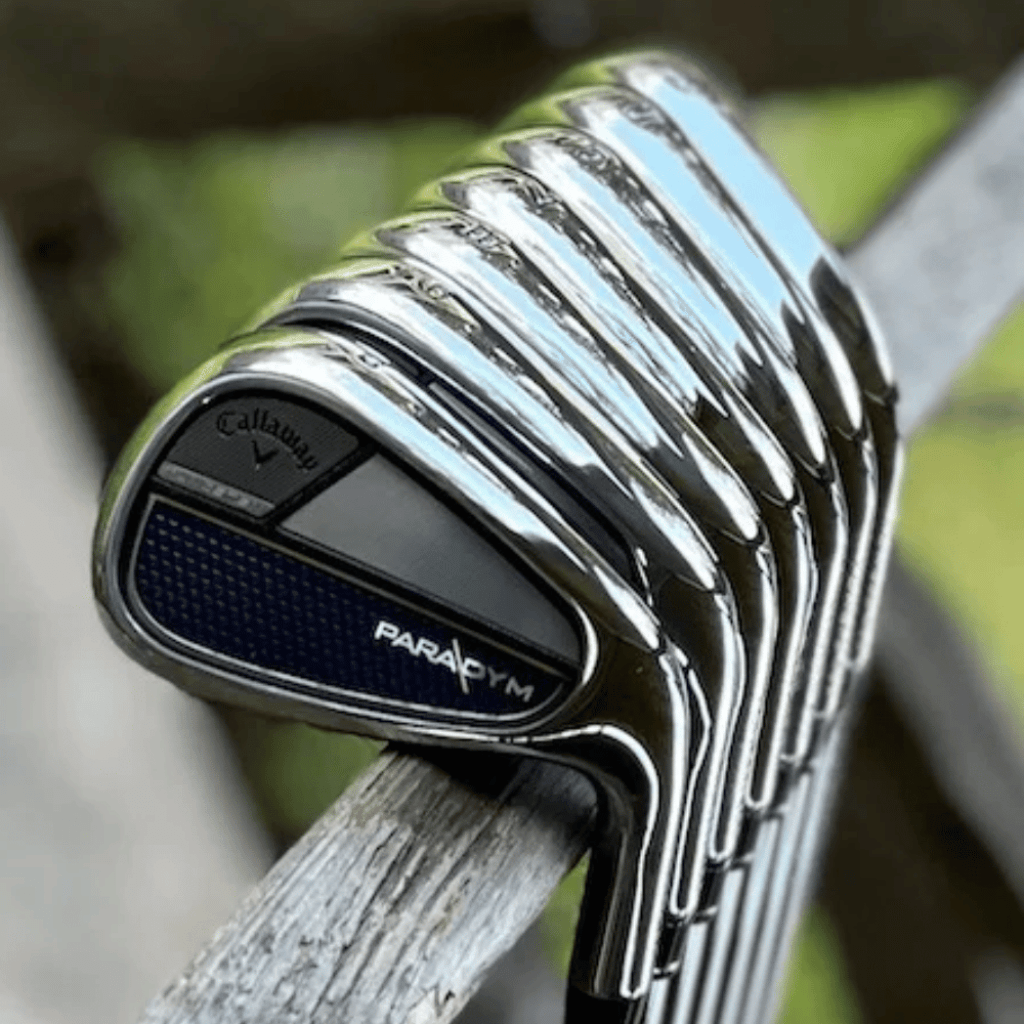
In golf, a handicap measures a golfer’s ability relative to par. It allows players of different skill levels to compete on an equal footing. A mid-handicap golfer falls within a specific range that signifies a certain level of skill and proficiency. In this introduction, we will delve into the characteristics of a mid-handicap golfer, their scoring range, and what it means in terms of their performance on the golf course.
Whether you are a golfer looking to assess your own ability or a spectator curious about the different skill levels in golf, this guide will provide you with the insights you need to understand the world of mid-handicap golfers. So, let’s dive in and explore the fascinating world of mid handicap golfers together.
What Is a Mid Handicap Golfer?
A mid-handicap golfer is a term used to describe a player whose handicap falls within a certain range. Typically, a mid handicap in golf has a handicap between 10 and 19. This means that the golfer can play the course close to par regularly but still has room for improvement. A mid handicapper has developed a decent skill level and can often play consistent shots, avoiding many mistakes made by high-handicap golfers.
These golfers have likely invested significant time and effort into improving their game and have honed their skills through practice and experience. A mid-golfer is more likely to be able to manage a variety of shots, such as hitting their driver accurately, getting out of a bunker, and making well-struck putts. Being mid handicappers golfer means you are an intermediate player with a relatively solid understanding of the game and a commitment to improving.
USGA Handicap Index

The USGA Handicap Index is a global system used to provide a measure of a golfer’s ability on a standardized scale. The United States Golf Association (USGA) developed the system to allow golfers of different abilities to compete with one another on a level playing field, regardless of where they played or who they played with. The index is calculated based on a golfer’s performance in recent rounds played.
The USGA Handicap Index considers a few different factors, such as the difficulty of the course and the particular set of tees that have been played from, to calculate a player’s handicap. The USGA Handicap system is made up of a number of different calculations, rules, and procedures that have been standardized to ensure that they are applied consistently across all golf clubs and courses.
Best Golf Clubs for Mid Handicap Players
When it comes to choosing beginner golf clubs for players, there are a few key factors to consider. A mid handicaps golfer generally requires a balanced set of clubs that offer forgiveness and distance without compromising control. Irons with cavity-back designs are popular, as they provide a larger sweet spot and are more forgiving on off-center hits. These irons often have perimeter weighting to enhance stability and consistency.
Mid Handicap Categories

According to USGA statistics, mid-level handicaps are quite common in the world of golf. In fact, golfers with handicaps falling within the middle range make up a significant portion of the golfing community. Specifically, a mid handicapper shoot below ten strokes account for only 37% of all golfers, while individuals with handicaps above 20 make up 20% of the total golfers. This means that approximately 43% of known golfers fall into the mid-handicap category.
To better understand where you stand regarding improvement, mid handsappers can be classified into three subcategories: low, mid, and high.
Low Mid Handicappers:
Low mid handicappers typically fall within the range of 10 to 12 strokes. These golfers often achieve scores in the low 80s and sometimes even break into the 70s on a fortunate day. Their consistent performance at this level shows considerable skill and dedication to the game.
Mid Mid Handicappers:
For golfers scoring between 13 and 16 strokes belong to the mid handicapper group. This category represents individuals who consistently shoot in the mid to high 80s. These golfers have demonstrated proficiency in the game and are steadily working towards further improvement.
High Mid Handicappers:
High mid handicappers comprise individuals who have progressed beyond the beginner stage and seek greater consistency in their game. Golfers typically shooting anywhere from 16 to 18 strokes fall into this group. At this level, mid handicap score in the high 80s to mid-90s. Their focus is refining their skills, reducing errors, and achieving a more reliable and predictable performance.
Best Golf Equipment For a Mid Handicapper
By making smart investments in the appropriate golf gear, you can elevate your game to new heights. Recognizing that a significant portion of golfers fall into the mid handicap category, manufacturers have specifically developed golf equipment to
Golf Balls

Compression of the ball – Mid handicappers typically have a moderate swing speed, so a medium compression ball is ideal for balancing distance and control.
Forgiving golf ball – Look for a ball with a large sweet spot and reduced spin to help minimize slices or hooks and keep the ball on target.
Feel and feedback of the ball – Mid handicappers benefit from a softer cover, providing a better sense of touch and enabling them to analyze their shots better and adjust accordingly.
The budget should also be taken into consideration. As mid handicappers continue to improve, they may experience a higher rate of lost balls. Therefore, finding a golf ball that offers a good balance between performance and affordability is essential like the best titleist golf balls.
Putters
Mid-handicap players are advised to avoid blade putters, designed for golfers who excel on the green. Instead, mid to lower mid handicappers should consider using peripheral weighted putters. These putters are suitable for skilled players who still need assistance with their shots on the green. For higher mid handicap players, keeping a mallet putter in their bag is recommended. Mallet putters offer forgiveness and help avoid three-putts despite their less appealing appearance.
Drivers
The choice of driver ultimately depends on personal preference. However, for downs mid handicaps, a driver with a loft of 10.5 degrees or higher can make it easier to keep the ball on the fairway. This allows players to focus less on launch and carry distance and reduces the stress associated with those aspects.
Wedges
Similar to drivers, the choice of wedges is subjective. However, higher mid handicap players may opt for wedges with an optimized center of gravity. This feature can benefit shots from distances of around 50 yards, providing better control and accuracy.
Irons
For mid handicap players, game improvement irons are often the best choice due to their wider sweet spots. These irons allow for straighter shots, even if the contact with the ball is imperfect. Cast irons, also known as forgiving irons, are highly recommended for beginners or those with higher handicaps. They offer forgiveness and make it easier to achieve good shots.
Clubs for Mid Handicappers
lower mid handicap golfers require the best used golf clubs that offer a balance of forgiveness, distance, and control. When selecting clubs for mid handicappers, several factors come into play. Irons with cavity-back designs are popular choices as they provide a larger sweet spot and are more forgiving on off-center hits.
Transforming From a Mid Handicap Golfer to a Low Handicap Golfer

Transforming from a Mid Handicap Golfer to a Low Handicap
golfer is a challenging yet highly rewarding journey. It requires a dedicated commitment to both physical and mental improvement. One key aspect of this transformation is honing technical skills, such as mastering a consistent swing and refining the short game.
This involves working closely with a golf instructor who can analyze and help correct any flaws in the technique. In addition to technical proficiency, becoming a low handicap golfer also requires building strength, flexibility, and stamina through regular physical training.
An emphasis on fitness allows for powerful drives and ensures endurance during long rounds. Mental fortitude plays a crucial role in this transformation.
Developing Stage
Developing a strong belief in one’s abilities and maintaining focus and composure, especially under pressure, can be the difference between success and disappointment. Time management and setting realistic goals are also fundamental to progress as a golfer. Consistent practice, playing in tournaments, and seeking opportunities for competitive play can help measure progress and identify improvement areas.
The transformation from a mid handicap golfer to a low handicap golfer demands perseverance, patience, and a deep passion for the game. With determination and a methodical approach to improvement, this transformation is not only attainable but can also lead to the fulfillment of achieving one’s highest golfing potential.
What is a Scratch Golfers
A scratch golfer is an elite player who has achieved a handicap of zero. It represents the pinnacle of skill and proficiency in the game of golf. These golfers can consistently shoot par or better on any given course. They have honed their skills through years of practice, experience, and dedication to the sport. Scratch golfers possess a deep understanding of the game, exceptional control over their shots, and the ability to handle various course conditions with ease. They are typically highly competitive and may compete in tournaments at the amateur or professional level.
Final Thought
To summarize, this article provides a comprehensive overview of most mid handicap golfers, their skill level, scoring range, and what it means in terms of their performance on the golf course. The article explains that mid handicap golfers typically have a handicap between 10 and 19 and are able to play the course close to par regularly but still have room for improvement. These golfers have invested time and effort into improving their game and have developed a decent skill level, allowing them to play consistent shots and avoid many mistakes from high-handicap golfers.








